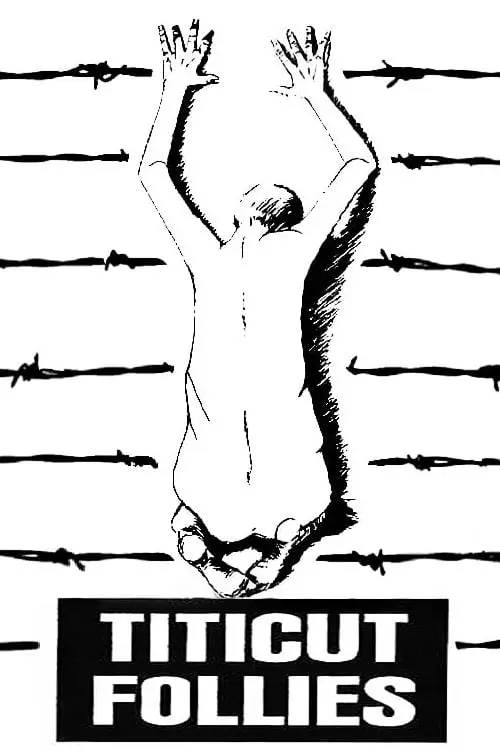In a striking 1967 documentary, a group of filmmakers delves into the facilities of a mental institution in Massachusetts, offering a raw and uncensored look at the daily lives of the patients. Through unsettling imagery and a provocative approach, the film reveals the heartbreaking reality of individuals trapped in a mental health system that is often inhumane and dehumanizing.
The directors manage to capture both the internal struggles of the patients and the interactions between them and the staff of the asylum. Tensions, despair, and sometimes dark humor emerge amidst overwhelming hopelessness. As the days go by, the viewer witnesses treatments that, today, would be considered brutal and outdated, raising questions about the care and treatment of people with mental illnesses.
This unfiltered visual portrait educates, discomforts, and challenges the audience to reflect on the ethics of judgment and the understanding of human suffering. The voices of the patients, often silenced by society, resonate with an authenticity that lingers long after the credits roll. With its bold aesthetics and innovative approach, this work becomes a milestone in both documentary filmmaking and the conversation surrounding mental health, leaving the audience questioning: what is madness, really?
